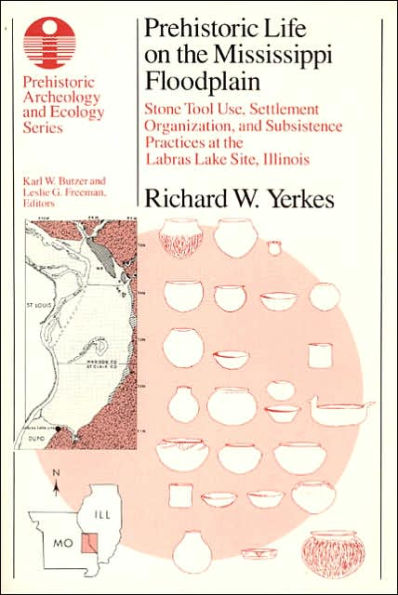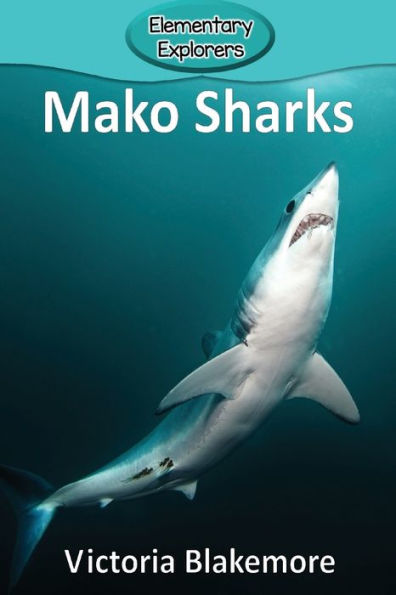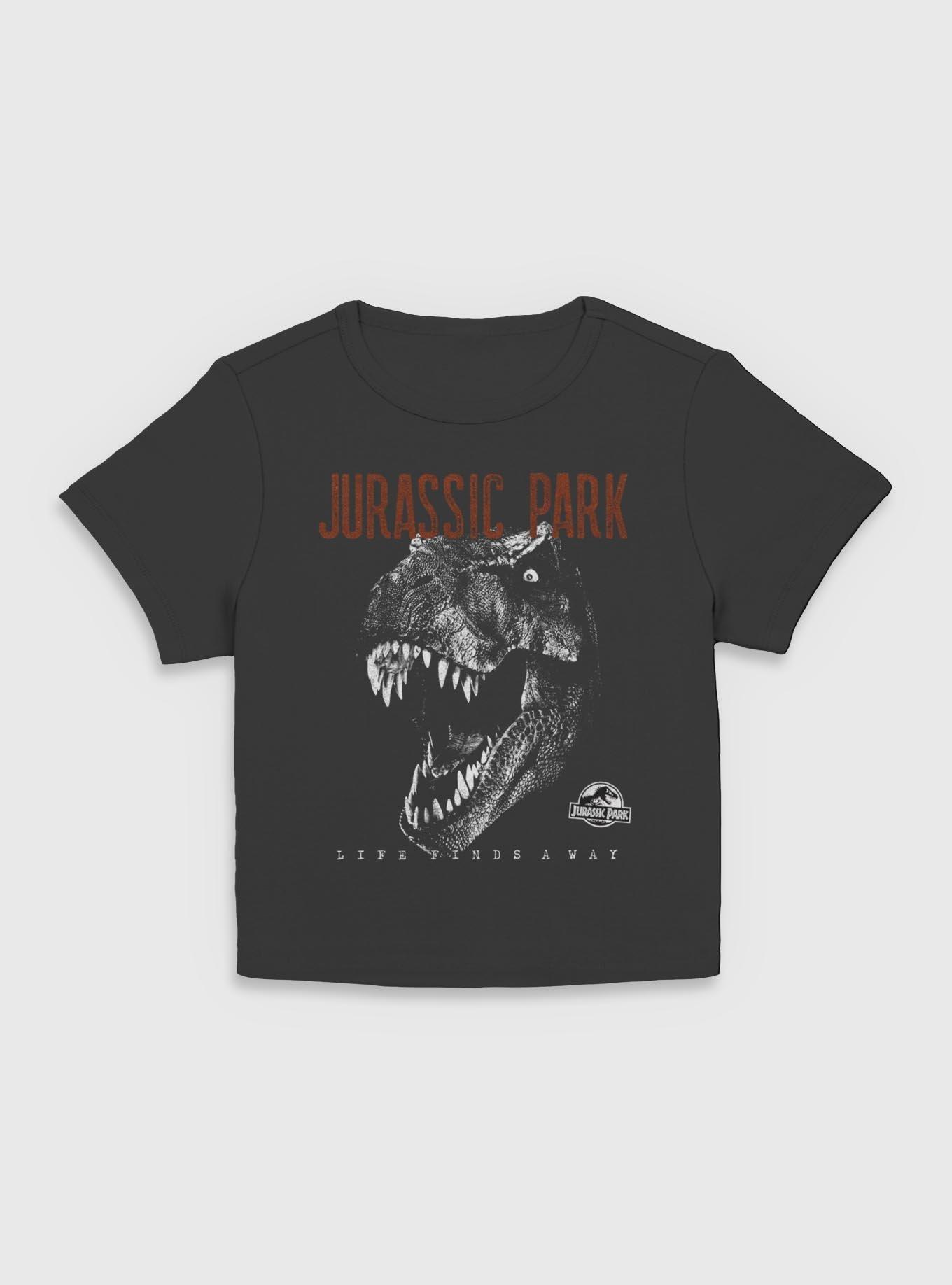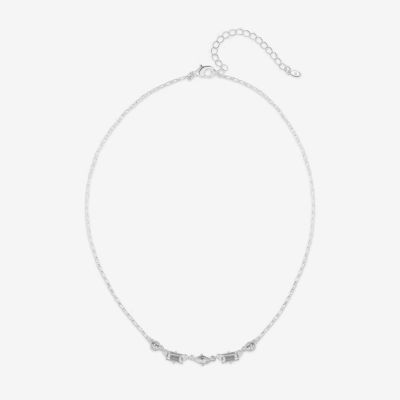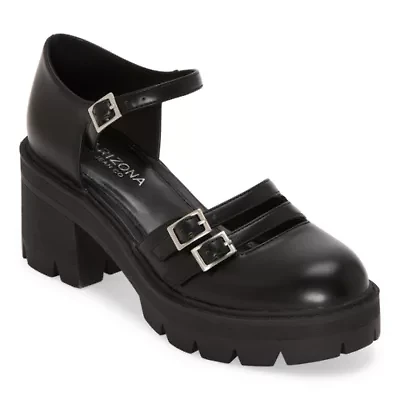Home
Settlement and Subsistence in Early Formative Soconusco: El Varal and the Problem of Inter-Site Assemblage Variation
Barnes and Noble
Loading Inventory...
Settlement and Subsistence in Early Formative Soconusco: El Varal and the Problem of Inter-Site Assemblage Variation in Franklin, TN
Current price: $50.00
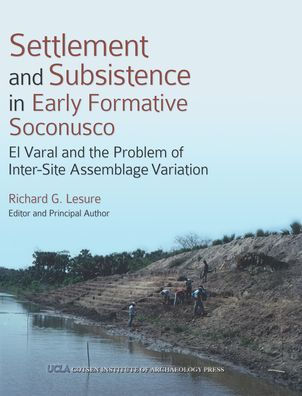
Barnes and Noble
Settlement and Subsistence in Early Formative Soconusco: El Varal and the Problem of Inter-Site Assemblage Variation in Franklin, TN
Current price: $50.00
Loading Inventory...
Size: OS
The Soconusco region, a narrow strip of the Pacific coast of Mexico and Guatemala, is the location of some of the earliest pottery-using villages of ancient Mesoamerica. Mobile early inhabitants of the area harvested marsh clams in the estuaries, leaving behind vast mounds of shell. With the introduction of pottery and the establishment of permanent villages (from 1900 B.C.), use of the resource-rich estuary changed. The archaeological manifestation of that new estuary adaptation is a dramatic pattern of inter-site variability in pottery vessel forms. Vessels at sites within the estuary were about seventy percent neckless jars "tecomates" while vessels at contemporaneous sites a few kilometers inland were seventy percent open dishes. The pattern is well-known, but the the settlement arrangements or subsistence practices that produced it have remained unclear. Archaeological investigations at El Varal, a special-purpose estuary site of the later Early Formative (1250-1000 B.C.) expand possibilities for an anthropological understanding of the archaeological patterns. The goal of this volume is to describe excavations and finds at the site and to propose, based on a variety of analyses, a new understanding of Early Formative assemblage variability.
The Soconusco region, a narrow strip of the Pacific coast of Mexico and Guatemala, is the location of some of the earliest pottery-using villages of ancient Mesoamerica. Mobile early inhabitants of the area harvested marsh clams in the estuaries, leaving behind vast mounds of shell. With the introduction of pottery and the establishment of permanent villages (from 1900 B.C.), use of the resource-rich estuary changed. The archaeological manifestation of that new estuary adaptation is a dramatic pattern of inter-site variability in pottery vessel forms. Vessels at sites within the estuary were about seventy percent neckless jars "tecomates" while vessels at contemporaneous sites a few kilometers inland were seventy percent open dishes. The pattern is well-known, but the the settlement arrangements or subsistence practices that produced it have remained unclear. Archaeological investigations at El Varal, a special-purpose estuary site of the later Early Formative (1250-1000 B.C.) expand possibilities for an anthropological understanding of the archaeological patterns. The goal of this volume is to describe excavations and finds at the site and to propose, based on a variety of analyses, a new understanding of Early Formative assemblage variability.


